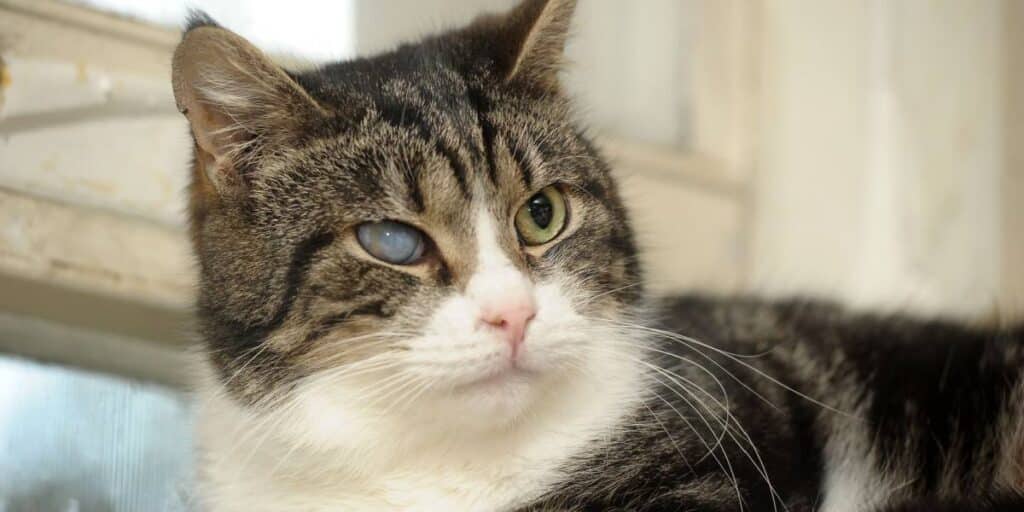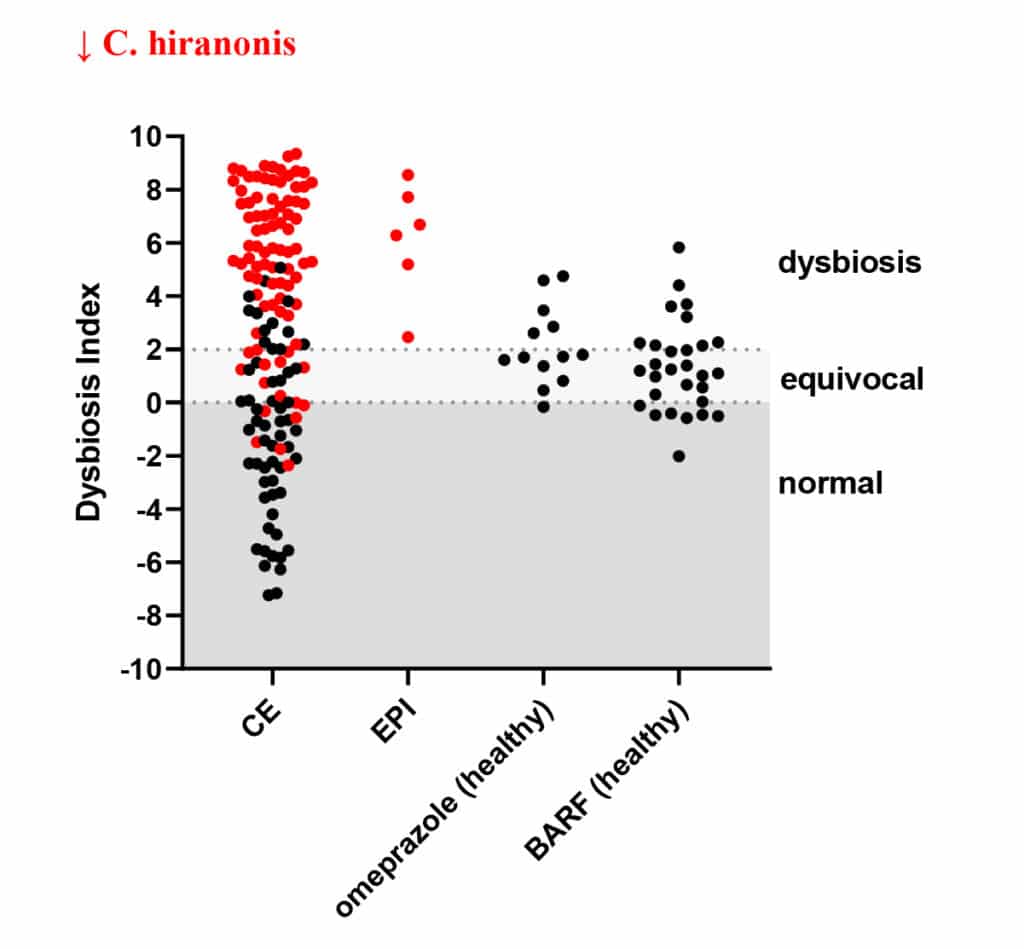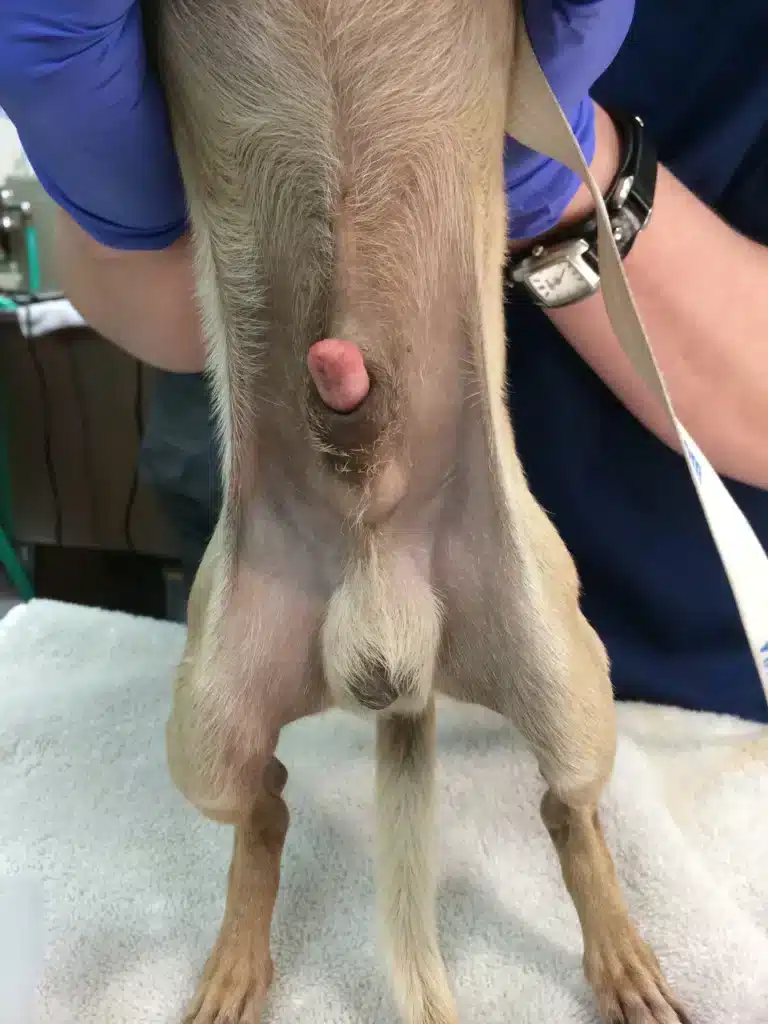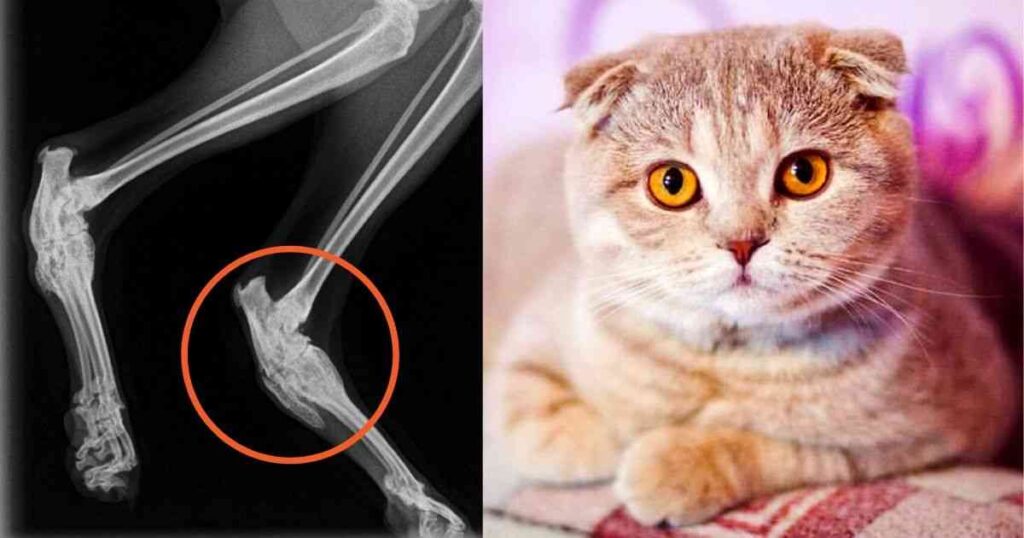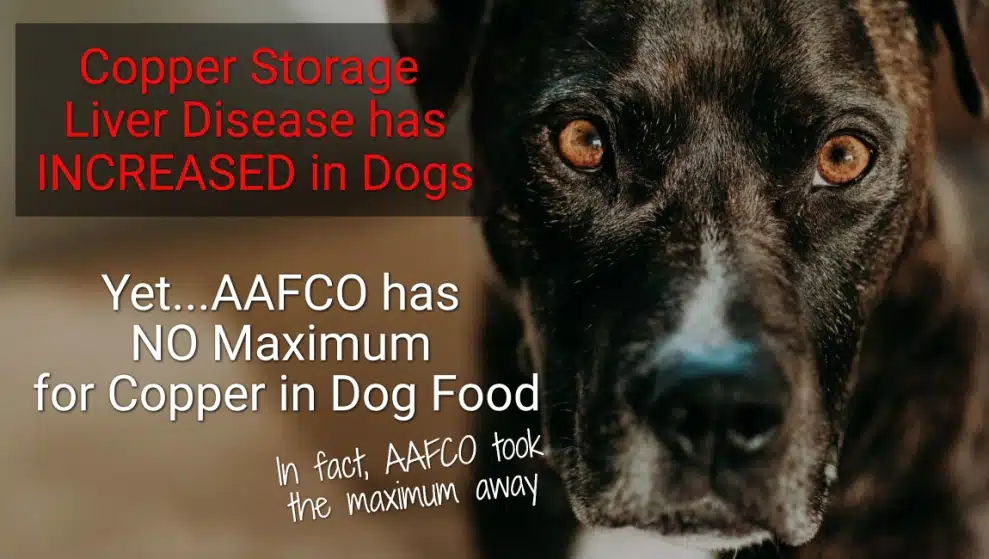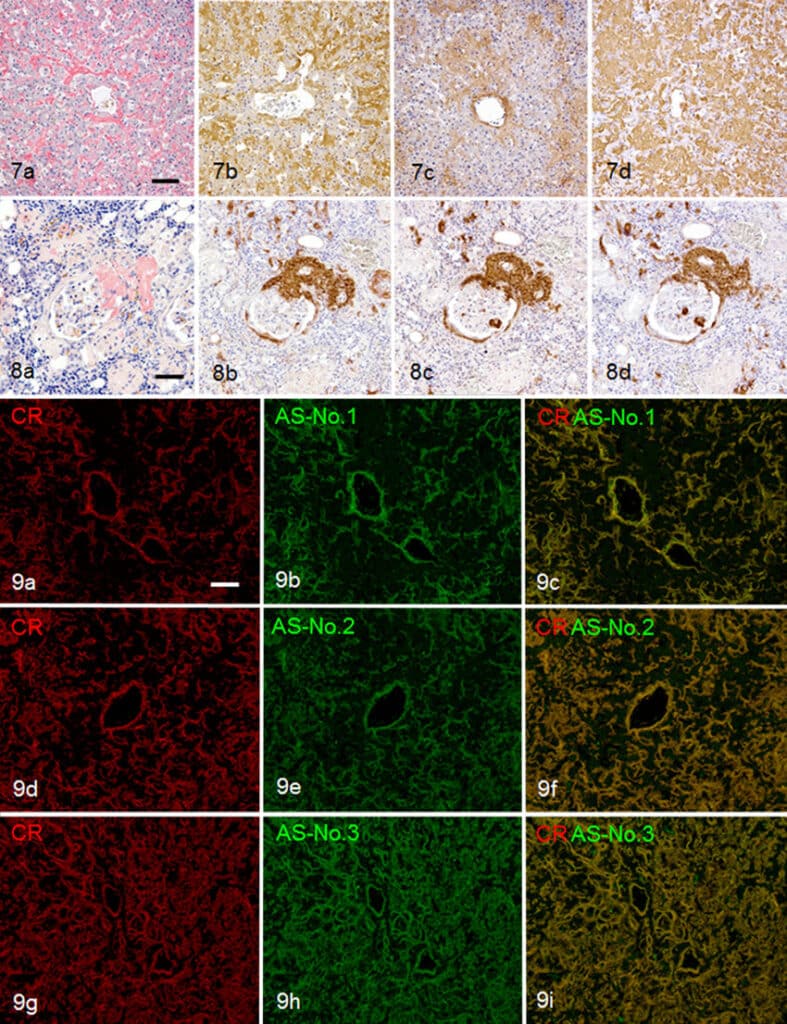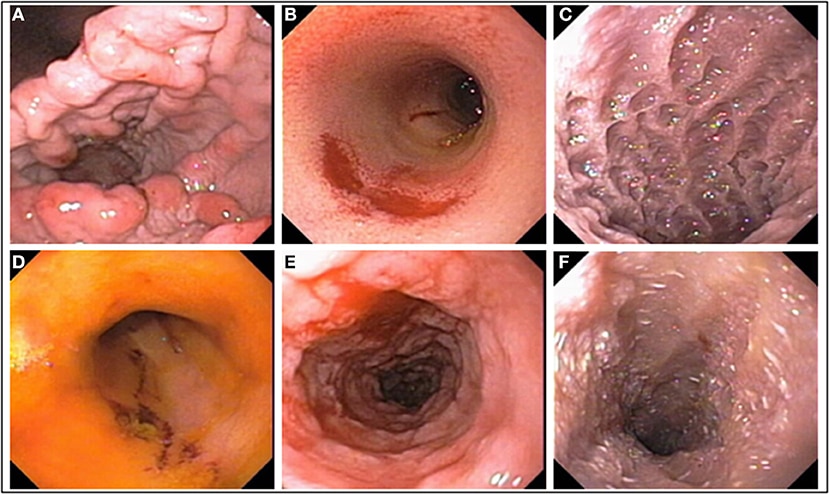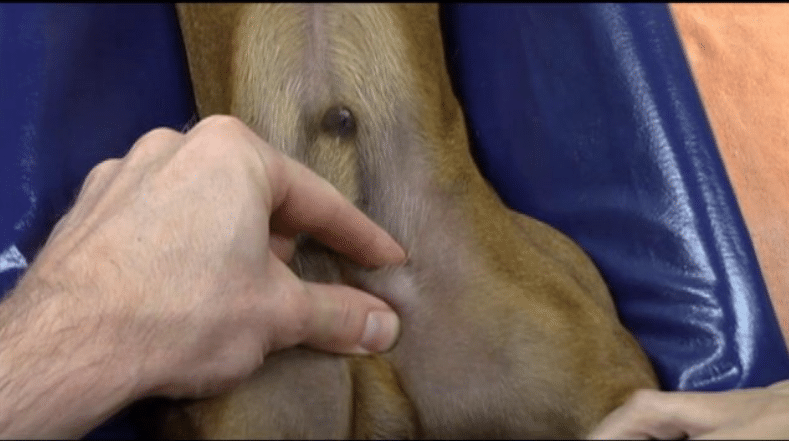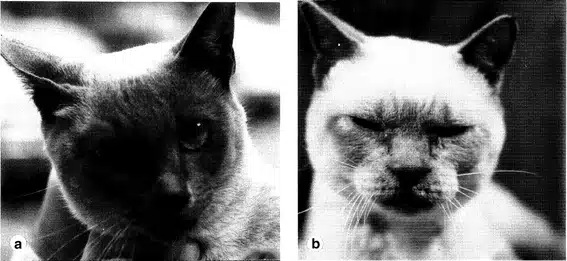Welcome to our overview of amyloidosis in cats – an important and complex disease that concerns cat owners and veterinarians alike. Amyloidosis refers to a group of diseases in which abnormal proteins, called amyloids, build up in various body tissues and lead to dysfunction. In cats, this disease can take several forms, each affecting specific organs or systems and presenting its own challenges in diagnosis and treatment.
In this article, we take a comprehensive look at various aspects of amyloidosis in cats - from the specific symptoms and diagnostic methods of each form to the treatment options and prognosis. Our goal is to give you a deeper understanding of this condition and show you how you as a cat owner can help improve the health and well-being of your beloved four-legged friend.


